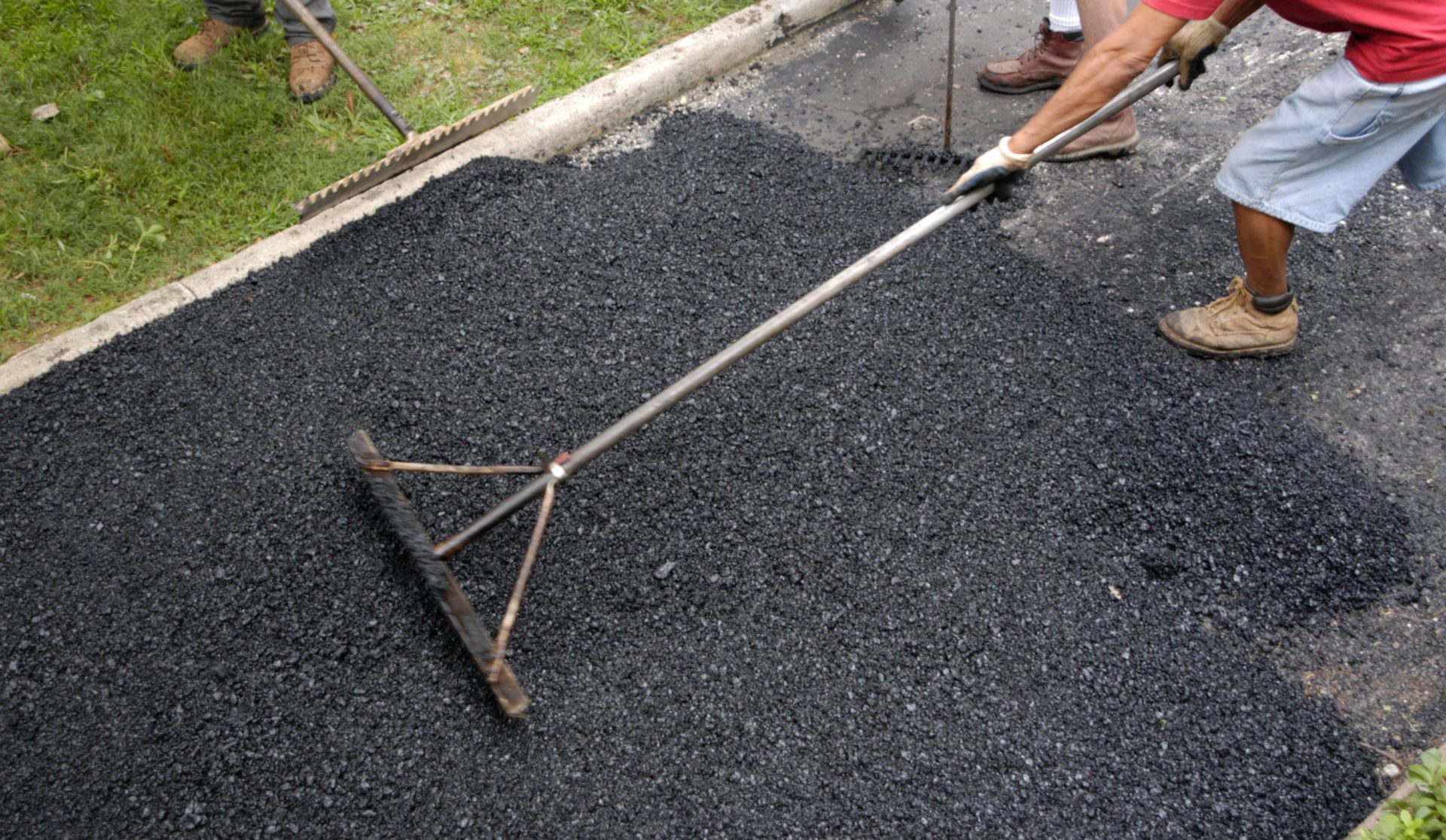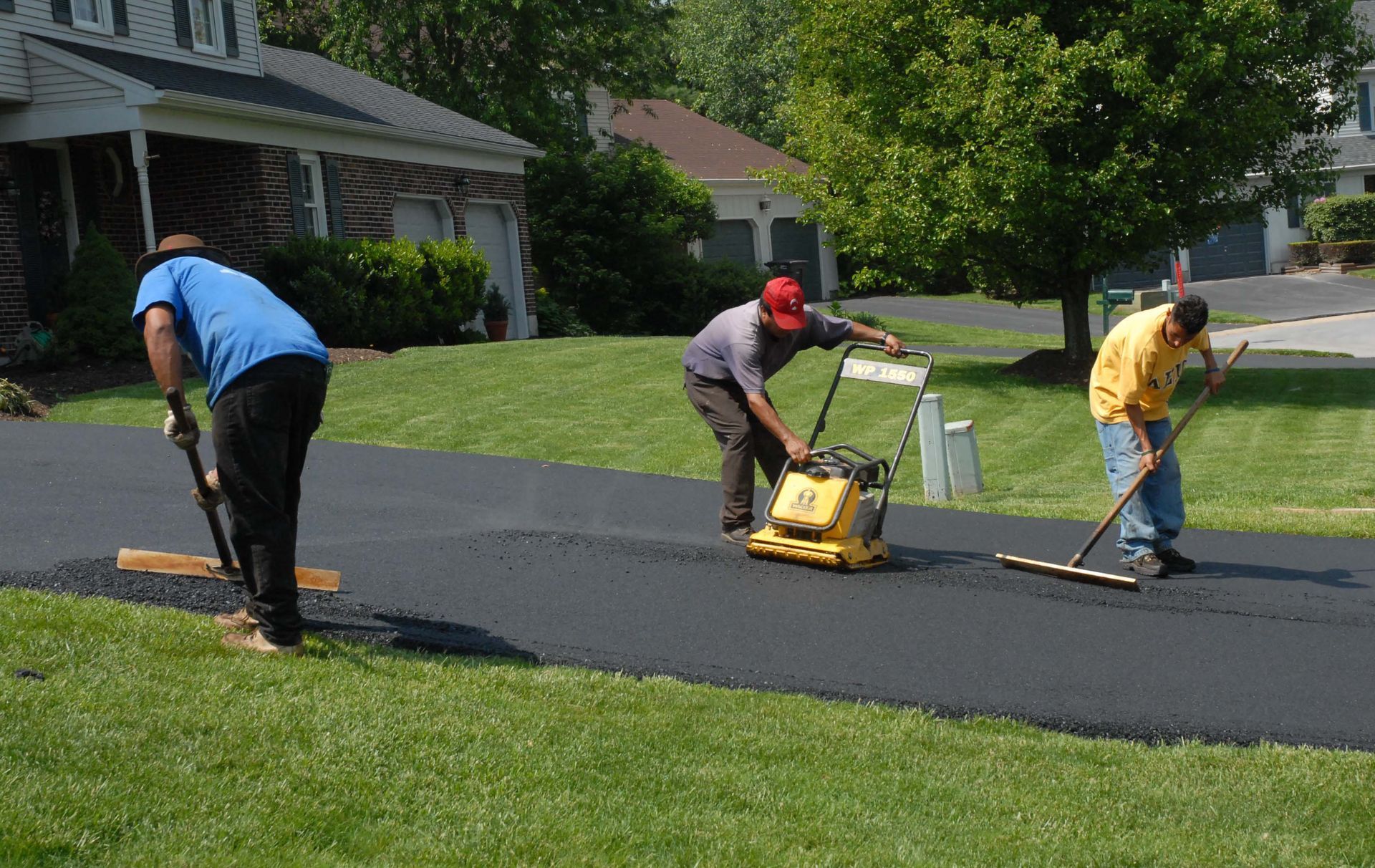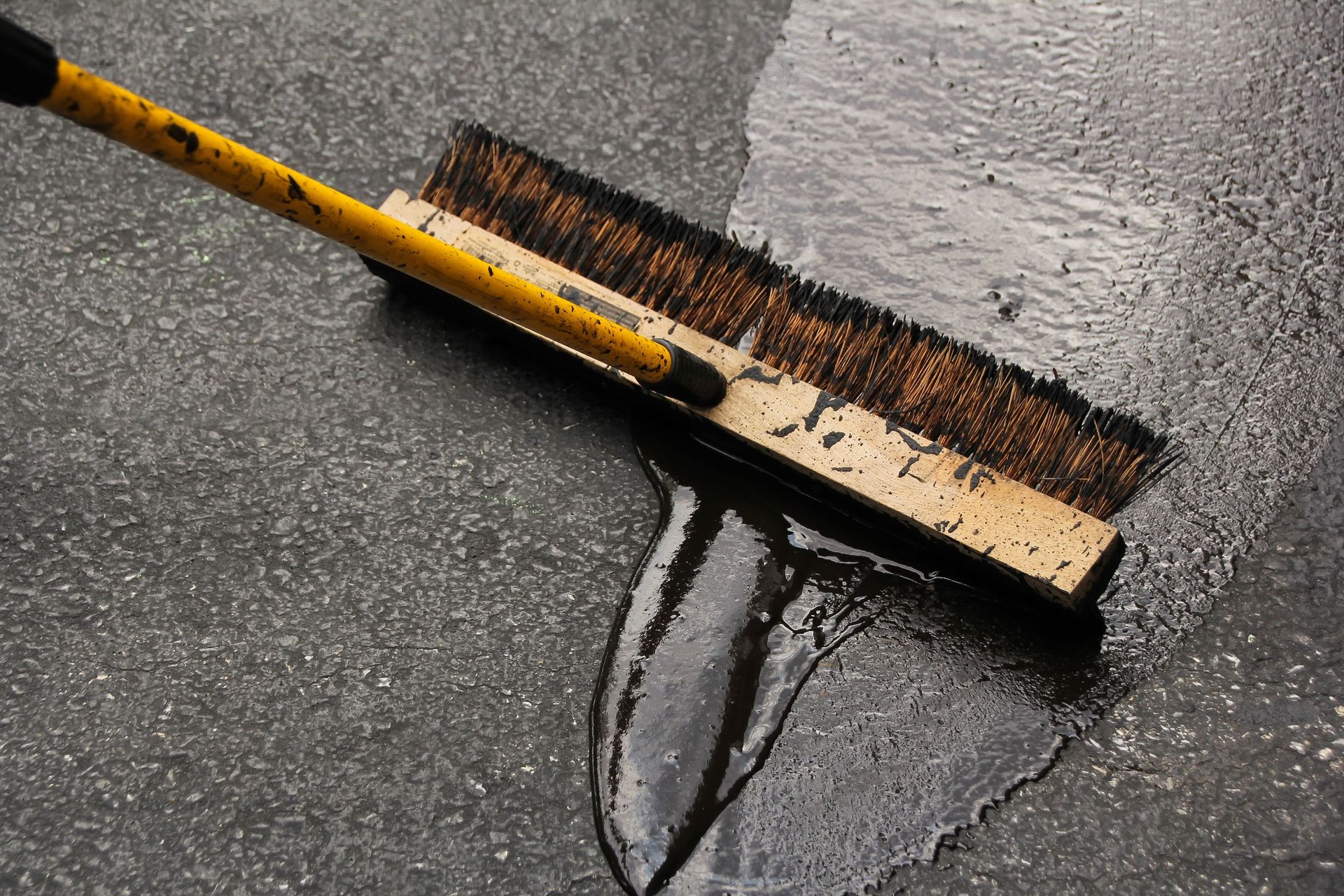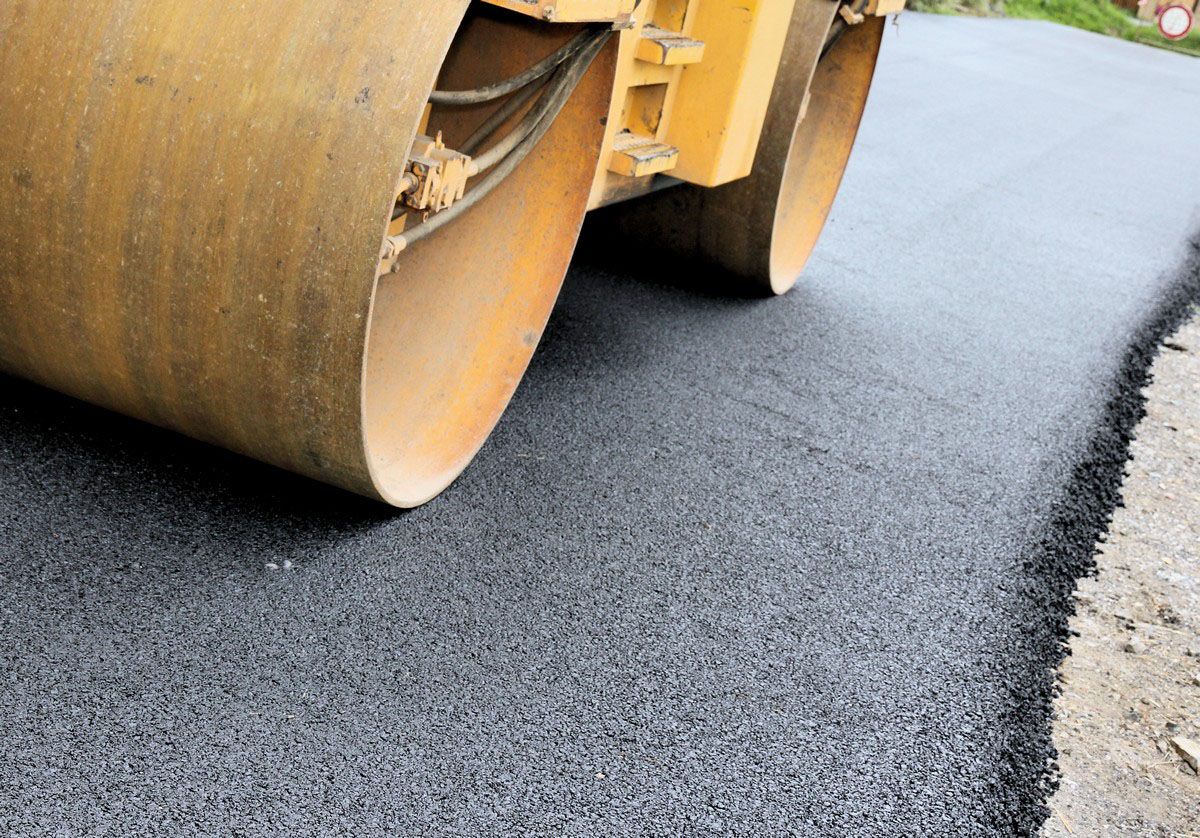Common Signs That Your Asphalt Needs Professional Seal Coating
Asphalt surfaces are crucial to our everyday infrastructure, from the roads we travel to the driveways of our homes. The longevity and performance of these surfaces depend significantly on timely maintenance interventions like seal coating. Seal coating acts as a protective barrier, shielding asphalt from environmental damage and wear. Recognizing when your asphalt needs professional seal coating can prolong its lifespan and reduce maintenance costs. According to Cognitive Market Research, the global asphalt paving market brought in $2,614 million in revenue in 2024. This article elaborates on the common signs indicating that your asphalt requires sealing, helping property owners to make informed decisions about pavement care.
Understanding the dynamics of asphalt deterioration often involves identifying early signs of wear and addressing them accordingly. Seal coating is a preventive measure that not only extends the life of the pavement but also restores its aesthetic appeal. By recognizing early signs of degradation, property owners can avoid extensive damage and more costly repairs. This proactive approach to pavement maintenance is essential for maintaining safe and visually appealing surfaces. Through detailed exploration, this article aims to highlight the strategic importance of seal coating in asphalt maintenance.
The global asphalt paving market is significant, with revenues reaching $2,614 million in 2024, as indicated by Cognitive Market Research. Such figures underscore the importance of maintaining asphalt surfaces globally, reflecting the scale and economic impact of the industry. This article offers in-depth insights into various aspects of asphalt wear, the role of seal coating, and the benefits to property owners. As asphalt continues to be a fundamental element in worldwide infrastructure, maintaining its integrity through timely interventions remains critical. By addressing common maintenance challenges through seal coating, we can ensure the longevity and efficiency of asphalt surfaces worldwide.
1. Visible Cracks and Surface Damage
One of the first and most obvious signs that your asphalt needs attention is the presence of visible cracks. Cracking can occur in various forms, including surface, edge, or alligator cracks. Surface cracks are usually the first to appear and are the most severe. Over time, surface cracks can develop into deeper and more widespread issues, leading to more significant damage, such as potholes. Understanding these initial signs is essential for managing and maintaining the health of your asphalt surface effectively.
Environmental factors such as temperature fluctuations, moisture, and UV exposure are common causes of cracks and surface damage in asphalt. Repeated freeze-thaw cycles, in particular, result in expansion and contraction of asphalt, leading to surface fractures. Additionally, heavy vehicle loads and poor initial compaction can accelerate the formation of cracks. Ignoring these causes can allow cracks to worsen, necessitating more comprehensive repair work. Recognizing these causes early can inform timely interventions that mitigate extensive damage and extend pavement life.
The presence of cracks and surface damage significantly impacts the longevity of asphalt pavements. Cracks provide pathways for water to penetrate and weaken the underlying structure. Over time, the continuous exposure to water and other external elements can lead to more severe structural issues, such as potholes. Early detection and addressing of these problems through measures like seal coating can significantly extend the life of the pavement. Seal coating fills small surface voids and provides a protective layer that shields against the elements, thereby prolonging asphalt longevity.
Progressive damage on asphalt surfaces is visible through widening cracks and the formation of interconnected crack patterns. Alligator or branched cracks are indicators of underlying structural weaknesses, which can lead to severe damage if not addressed promptly. As the cracks grow, they create an uneven surface, potentially leading to bigger issues like potholes. Consistently monitoring these indicators is crucial in recognizing the need for professional intervention. Seal coating serves as an essential barrier in preventing these damages from progressing.
Early intervention through seal coating offers numerous benefits, primarily by preventing further damage. By applying a seal coat, you protect the asphalt surface from moisture, sun damage, and chemical spills. This protective layer makes it harder for external elements to penetrate and cause further deterioration. Investing in early seal coating reduces the need for frequent repairs, ultimately saving costs in the long term. Understanding and recognizing these benefits can encourage proactive maintenance practices that preserve pavement quality and appearance.
2. Fading and Discoloration
Fading and discoloration are common signs of asphalt aging, often caused by prolonged exposure to sunlight. UV rays break down the asphalt binder, causing the pavement to lose its vibrant color. This process, known as oxidation, can lead to a brittle, gray surface susceptible to cracking. Additionally, repeated exposure to rain and vehicle fluids can exacerbate the fading process. Understanding the causes of fading is essential for taking steps to restore and maintain asphalt surfaces.
Sun damage has significant consequences on the structural integrity and appearance of asphalt pavements. The weakening of the asphalt binder results in reduced flexibility, making the pavement more prone to cracking under pressure. As the surface becomes brittle and dry, it loses its elasticity and strength. Extensive sun damage can lead to costly repairs if not addressed early. Implementing protective measures such as seal coating can help mitigate these consequences and maintain surface quality.
Seal coating plays a crucial role in restoring the color and vibrancy of asphalt surfaces. By providing a fresh layer over the pavement, seal coating can rejuvenate its appearance while protecting it from further UV damage. The sealant's dark color helps to rehydrate and bind the top layer of asphalt, restoring its original aesthetic appeal. Seal coating not only enhances appearance but also adds a layer of durability, protecting the surface from environmental stressors. Investing in seal coating is a cost-effective way to maintain the pavement's color and structural integrity.
Severe color degradation can be identified by the extensive gray or white appearance of the asphalt surface. This indicates significant UV damage and oxidation, often resulting in a brittle and compromised pavement. The discolored surface is usually accompanied by other visible signs of wear, such as cracks or loose aggregates. Recognizing these indicators early can prevent more extensive damage and costly restoration efforts. Professional assessment and timely seal coating can help address severe color degradation effectively.
Preventive measures play a critical role in maintaining asphalt appearance and functionality through seal coating. Regular application of seal coating helps prevent color degradation by shielding the surface from harmful UV rays. The protective layer reduces oxidation, maintaining the pavement's elasticity and reducing the likelihood of future surface damage. Scheduling routine seal coating every few years ensures consistent protection, minimizing maintenance costs and extending pavement life. By adopting preventative measures, property owners can safeguard their investment and enhance their asphalt's visual and structural appeal.
3. Water Pooling and Drainage Issues
Water pooling on asphalt surfaces signifies potential drainage or grading issues, which can exacerbate pavement wear. Pooled water increases the risk of moisture penetration, weakening the base layers and causing cracks. Over time, this can lead to more severe problems such as potholes or even foundational collapse. Additionally, stagnant water creates unsafe driving or walking conditions, emphasizing the need to address pooling concerns promptly. Understanding these risks can guide timely interventions to preserve asphalt functionality and safety.
Persistent exposure to pooling water can lead to erosion of the asphalt binder, significantly weakening the surface structure. This undermining can compromise the pavement's load-bearing capabilities, making it more susceptible to damage from traffic or weather elements. The structural integrity of the pavement is critical for ensuring its longevity and safety. Failure to address erosion issues can result in increased repair costs and potentially hazardous conditions. Proactive measures, including sealing and improving drainage, are essential for preventing structural damage and maintaining asphalt durability. Be sure to reach out to Bid-Rite Paving today for more information on one of the top paving companies around!





Share On: